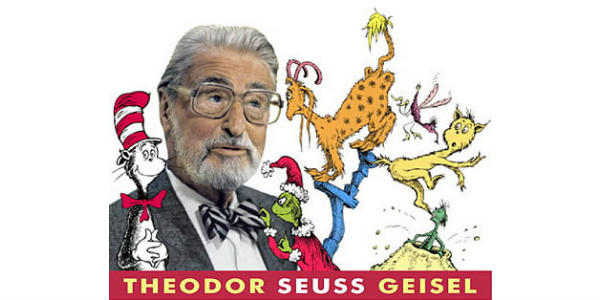3 tips to make your storytelling connect with the consumer

Anyone can tell a story, right? There are the great storytellers some of us grew up with like Theodor Seuss Geisel, or the original Curious George books by Margret and H.A. Rey. And then there are true stories that warm the heart and build relationships that connect with us and put us in the shoes of those who are telling the story, or the story is being told about. It can be powerful can’t it?
It’s what branding is all about and what we should always be aware of when we talk about our financial institution. We have to do more than just tell a story because someone has told us that’s the new “thing.” What we must continuously do is tell the ‘right’ story. A story that is consistent with your brand, your internal and external promise, and your personality – using the right tone, and then making it work.
What? The story has to actually work? “What if we just want to tell people how nice it is to do their banking here?” the VP Marketing asks. Not good enough. What’s your objective? Is it part of your marketing plan? Is it part of your strategy for showing how you connect with consumers at many levels? How are you going to measure the response? Can you make it impactful enough to move people to visit your website (and how will you track that)?
Maybe it’s easier if we all go back and do some loan campaigns, promote our wonderful VISA and checking program, and talk about how great our loan rates are? Sure…blend in. Your competition will love that! Let me tell you, storytelling has never been more important and relevant to us all than it has become the last few years. We all have a story to tell and many of us do it on a daily basis via social engagement on Twitter, blogs, Facebook, YouTube, and dozens of other sites. And it’s where you want to go to observe some significant differences in the stories of old versus those being told today. With a few years of my own in the financial services industry building “storytelling brands,” I’ve noticed 3 things that could help you blend out, not blend in, with the stories you want to tell.
1. Ask yourself if the story you want to tell has to have a beginning, middle and end. Or, do you want to make your story continue to have a life of its own that the reader can be pulled in to, share their thoughts and maybe create a parallel story they’ll want to share with everyone, too?
2. It doesn’t always have to be about how we’ve helped them “financially.” I know, I know…but we’re a financial institution! Guess what? People care about how you can help them change their lives, be there for someone or a group that needs help, how they can get their kid through school (financially and otherwise) and a host of other topics. So remember – it’s not about you. It’s about them.
3. When you think you have enough information to tell a great story about a life, a business, a community you’ve effected – don’t stop! Gather, gather and then gather more details, quotes, pictures, inspiration and whatever else there is out there that made this particular event exciting.
Now this is where your own story begins. Don’t go ask permission. Take a risk. Build it and show the power of what a great story can have on brand equity, growth, wallet share and bonding with the consumer, the business, and the community you have an opportunity to become even more a part of than you are today.





